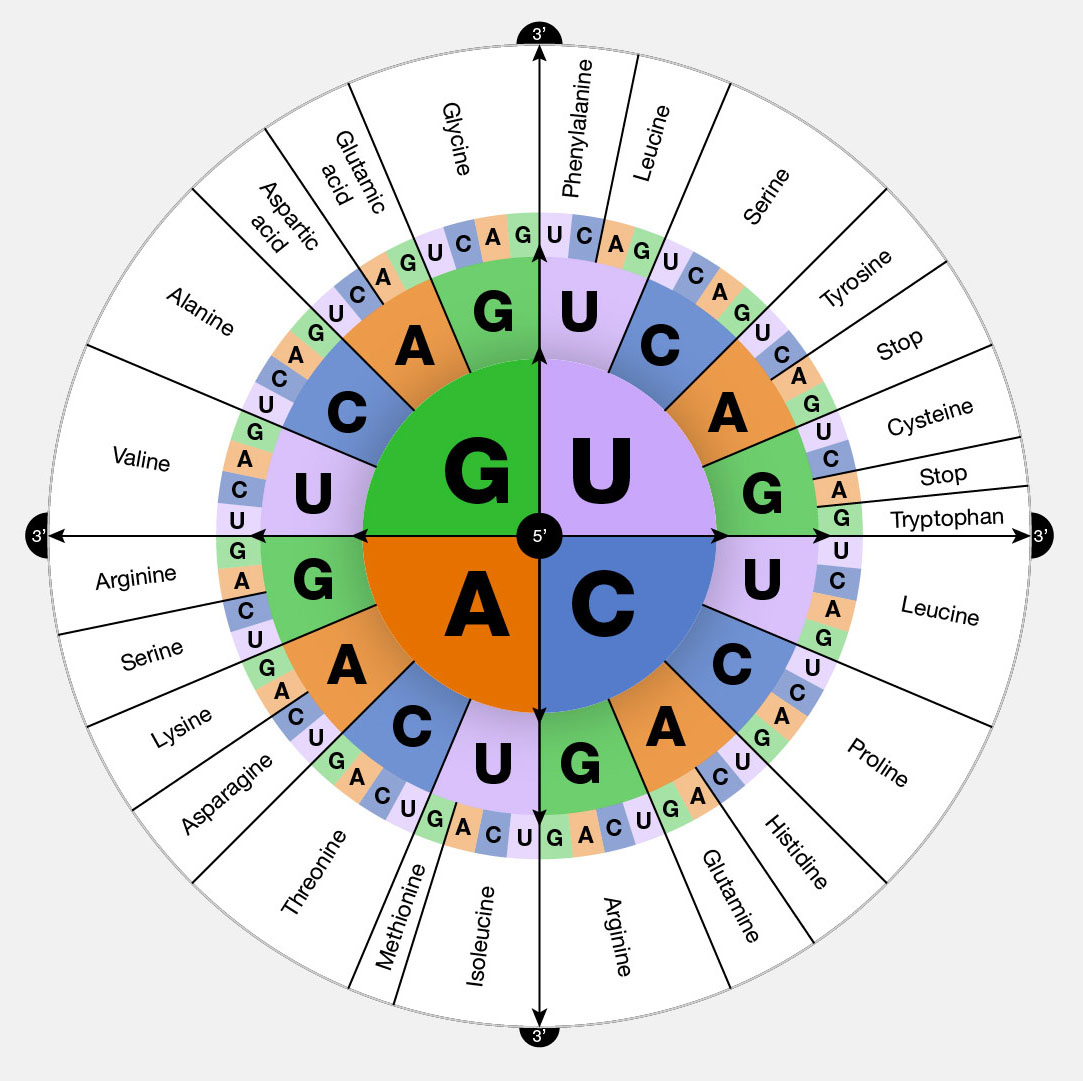The Genetic Code: Nature's Blueprint for Life
What is the Genetic Code?
The genetic code is the universal set of rules that governs how the information encoded in DNA and RNA is translated into proteins. It defines the relationship between the sequence of nucleotide bases in a gene and the corresponding amino acid sequence in a protein. This code is essential for the proper functioning and survival of all living organisms.
Key Features of the Genetic Code
The genetic code has several important characteristics that make it a robust and efficient system for protein synthesis:
- Universality: With few exceptions, the genetic code is the same across all living organisms, from bacteria to plants and animals. This universality suggests a common evolutionary origin and facilitates the exchange of genetic information between species.
- Triplet Codons: The genetic code is read in triplets, with each group of three nucleotides (called a codon) specifying a particular amino acid or a stop signal. There are 64 possible codons, which is more than enough to encode the 20 standard amino acids found in proteins.
- Redundancy and Degeneracy: The genetic code is redundant, meaning that multiple codons can specify the same amino acid. This redundancy, also known as degeneracy, provides a level of protection against mutations, as some changes in the DNA sequence may not alter the resulting protein.
- Codon-Anticodon Pairing: During protein synthesis, the genetic code is read by transfer RNAs (tRNAs) that have complementary anticodon sequences. The pairing between codons in the messenger RNA (mRNA) and anticodons in the tRNAs ensures the accurate translation of the genetic information into proteins.
The Standard Genetic Code
The standard genetic code consists of 64 codons, each specifying one of the 20 amino acids or a stop signal. The codons are read from a fixed starting point, known as the start codon (AUG), which also codes for the amino acid methionine. Three codons (UAA, UAG, and UGA) serve as stop codons, signaling the end of the protein-coding sequence.
The assignment of codons to amino acids is not random but follows certain patterns. For example, codons with similar first and second nucleotides often specify amino acids with similar chemical properties. This organization may have evolved to minimize the impact of mutations on protein function.
Variations in the Genetic Code
While the genetic code is largely universal, there are some exceptions and variations found in certain organisms and organelles:
- Mitochondrial Genetic Code: Mitochondria, the energy-producing organelles in eukaryotic cells, have their own genetic material and protein synthesis machinery. The mitochondrial genetic code differs slightly from the standard code, with some codons reassigned to different amino acids.
- Alternative Start Codons: In some cases, codons other than AUG can serve as start codons, initiating protein synthesis. For example, GUG and UUG are used as alternative start codons in some bacterial and viral genes.
- Selenocysteine and Pyrrolysine Incorporation: In certain organisms, the codons UGA and UAG, which normally function as stop codons, can be reassigned to incorporate the rare amino acids selenocysteine and pyrrolysine, respectively. This reassignment requires specialized tRNAs and additional factors to recognize these codons as sense codons.
The Role of the Genetic Code in Biotechnology
Understanding the genetic code is crucial for various applications in biotechnology and genetic engineering. Some of these applications include:
- Recombinant Protein Production: By manipulating the genetic code, researchers can optimize the expression of recombinant proteins in host organisms. This involves selecting codons that are efficiently translated by the host's protein synthesis machinery and avoiding codons that may cause premature termination or misincorporation of amino acids.
- Synthetic Biology: The genetic code can be expanded or reassigned to incorporate non-standard amino acids into proteins, enabling the creation of novel biomolecules with enhanced or novel functions. This approach, known as genetic code expansion, has applications in drug discovery, material science, and basic research.
- Gene Therapy: Knowledge of the genetic code is essential for designing gene therapy strategies that aim to correct genetic defects or introduce therapeutic genes into cells. By understanding the relationship between codons and amino acids, researchers can predict the consequences of genetic mutations and develop targeted therapies.
Further Reading
Biochemistry, Genetic Code Expansion: A Brief History and Perspective
Nature Reviews Genetics, Reprogramming the genetic code

